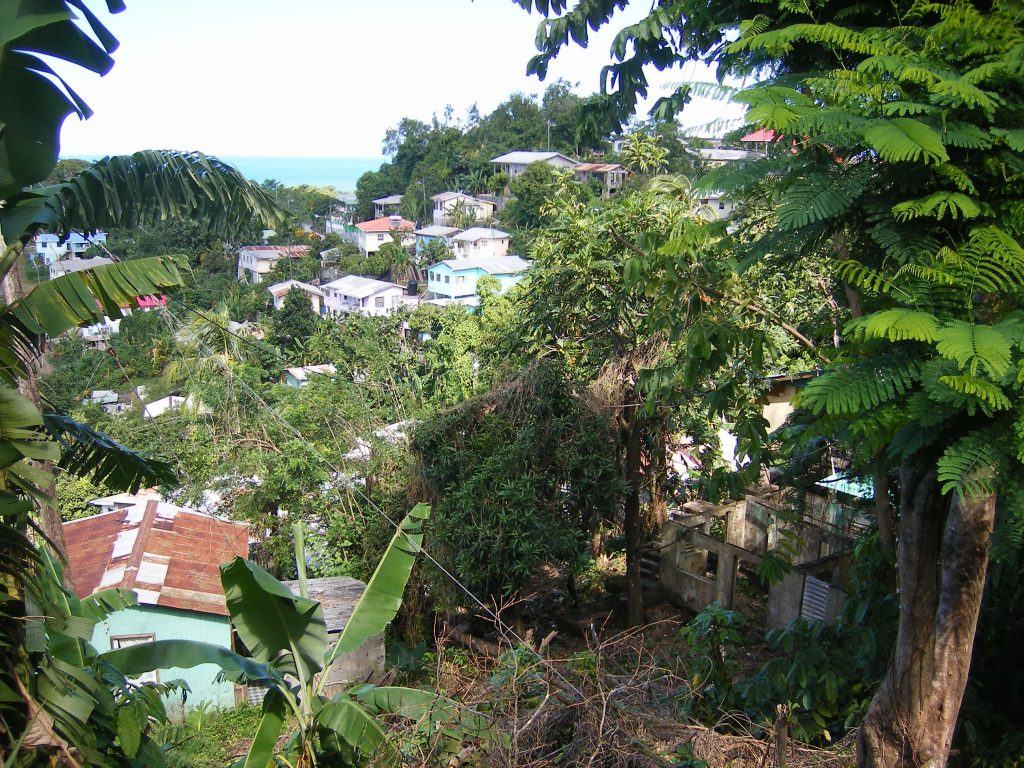Susana Almeida, University of Bristol
Elizabeth Holcombe, University of Bristol
Francesca Pianosi, University of Bristol
Thorsten Wagener, University of Bristol
DOWNLOAD
THE CHALLENGE
Landslides have large negative economic and societal impacts, including loss of life and damage to infrastructure. Management of landslide risks takes place in the presence of high levels of uncertainty about the drivers of slope failure, including slope properties and precipitation patterns. Future climate change is expected to further exacerbate these challenges due to the high-levels of uncertainty about how changes in global climate will affect local-level precipitation dynamics. A critical challenge, therefore, is to produce information in support of landslide management in the face of these large uncertainties.
WHAT WAS ACHIEVED
We developed a generic methodology to evaluate the impacts of uncertainty about slope physical properties and future climate change on predictions of landslide occurrence.
We tested the methodology for a case study in the Caribbean (Fig. 1). Our key finding for the study region is that slope properties could be a more important driver of landslide occurrence than uncertain future climate change. This suggests that failure to account for both sources of uncertainty may lead to underestimation of landslide hazards and associated impacts on society.
Our methodology provides a valuable tool to identify the dominant drivers of slope instability, and the critical thresholds at which slope failure will occur. This information can help decision-makers to target data acquisition to improve predictability of landslide occurrence, and also supports development of policy (e.g. improving slope drainage, restricting development in high-risk areas) to reduce the occurrence and impacts of landslides.
HOW WE DID IT
Climate change is highly uncertain and difficult to predict. In this study, we therefore sought to identify what level of climate change will lead to slope failure. Using a numerical slope stability model, we evaluated the risk of slope failure for a wide range of potential slope properties and future rainfall conditions. We then applied statistical algorithms to determine the critical threshold slope and rainfall properties at which slope failure will occur. The resulting outputs are visualised in the form of decision-trees. A key advantage of this approach is that new information about future climate (e.g. from improved climate models) can be easily incorporated to assess the plausibility of slope failure occurring. This information can be used to support decision maker discussions on whether improved management is required to improve slope stability in the future.
Figure 1 – Typical informal housing on a landslide-prone slope in the Eastern Caribbean (photograph by Holcombe, 2007)
REFERENCES
Almeida, S., Holcombe, E., Pianosi, F. and Wagener, T., Dealing with deep uncertainties in landslide modelling for urban disaster risk reduction under climate change. Natural Hazards and Earth System Sciences (in preparation)
